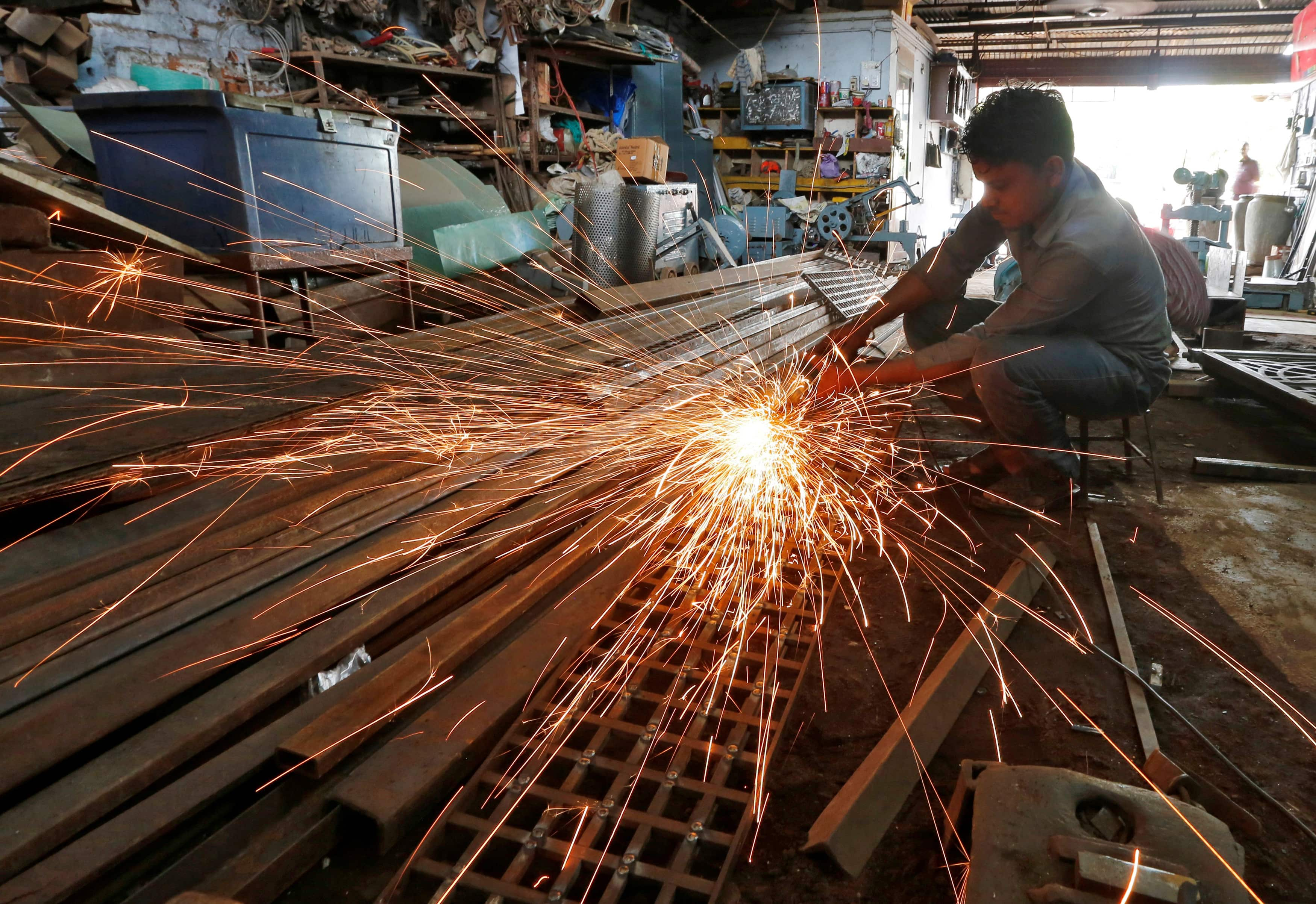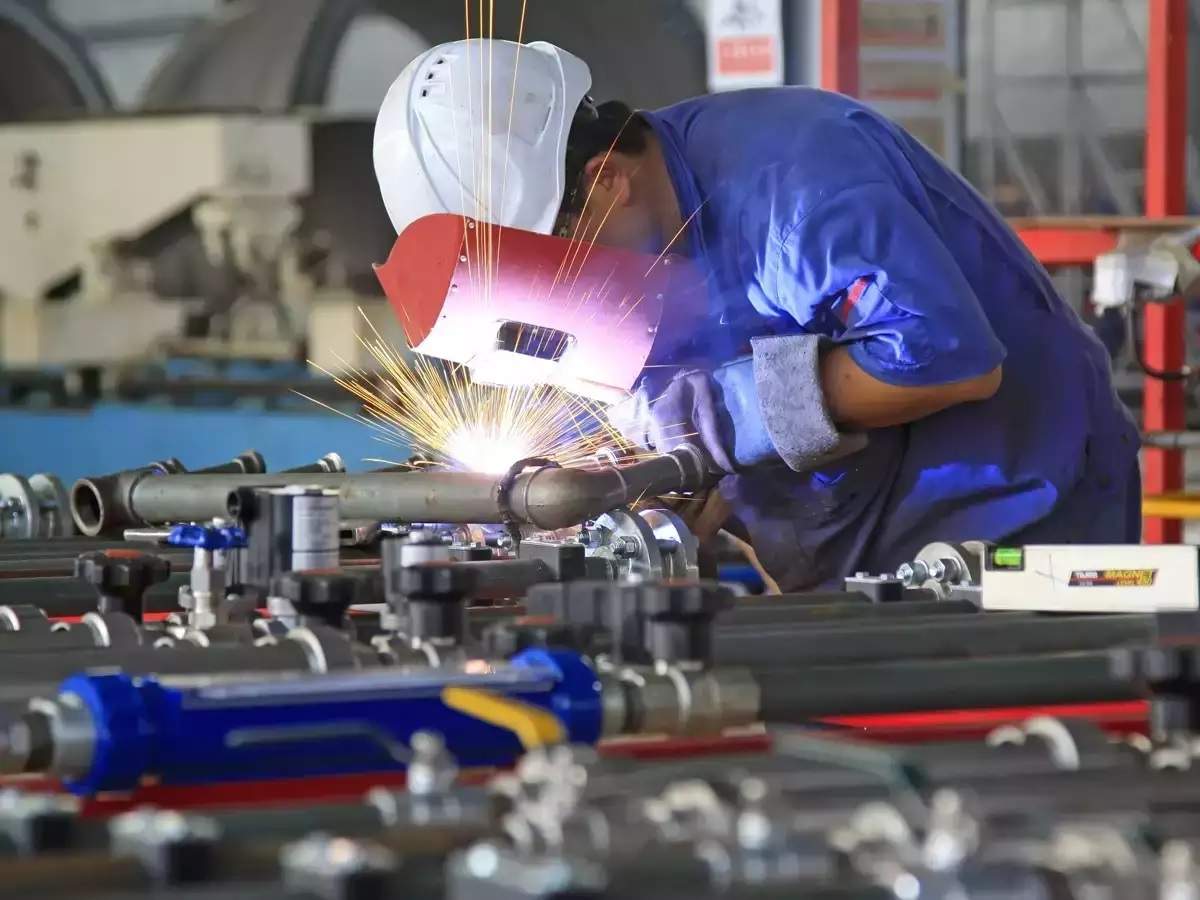India’s Manufacturing PMI Hits 8-Month Low 2023

India’s Manufacturing PMI Hits 8-Month Low 2023
The Purchasing Managers’ Index (PMI) is a crucial economic indicator that provides insights into the health of a country’s manufacturing sector. In October, India’s Manufacturing PMI slipped to an 8-month low of 55.5, marking a slowdown in the growth of the sector.
The Purchasing Managers’ Index is a composite economic indicator that is widely used to gauge the health of a country’s manufacturing sector. It is based on a monthly survey of purchasing managers from various industries, including manufacturing, construction, and services. The PMI is calculated based on several key factors, including new orders, production, employment, supplier deliveries, and inventory levels.
A PMI reading above 50 indicates expansion in the manufacturing sector, while a reading below 50 suggests contraction. The higher the PMI, the stronger the expansion, and vice versa.
Therefore, the PMI provides a quick and reliable snapshot of the overall economic conditions in the manufacturing sector.
In October, India’s Manufacturing PMI dropped to 55.5, down from 56.3 in the previous month. While this reading still indicates expansion in the sector, the slowdown is a cause for concern, particularly because it is the lowest level in eight months. Let’s break down the key components of the October PMI data:
- New Orders: New orders are a critical component of the PMI, reflecting the demand for manufactured goods. In October, new orders continued to grow but at a slower pace than in previous months. This could be attributed to factors such as rising input costs and supply chain disruptions.
- Production: The production sub-index also saw a decline, indicating a slowdown in manufacturing output. This might be due to challenges in sourcing raw materials and difficulties in maintaining production levels.
- Employment: The employment sub-index remained in expansionary territory, which is a positive sign, as it suggests that the manufacturing sector is still creating jobs.
- Supplier Deliveries: A longer delivery time for inputs can indicate supply chain disruptions, which can affect production schedules. In October, supplier deliveries slowed down, reflecting ongoing global supply chain challenges.
- Inventory Levels: Maintaining the right inventory levels is crucial for manufacturers. In October, inventory levels increased, possibly indicating that companies are stockpiling materials in anticipation of future supply chain issues.

Implications of the Slowing Manufacturing PMI
- Economic Growth: The manufacturing sector plays a vital role in India’s economic growth. A slowdown in this sector can have broader implications for the overall economy, as it contributes significantly to GDP.
- Inflationary Pressures: Rising input costs and supply chain disruptions can lead to increased manufacturing costs. These cost pressures may be passed on to consumers in the form of higher prices, contributing to inflationary pressures in the economy.
- Employment: While the employment sub-index remained in expansionary territory in October, a sustained slowdown in the manufacturing sector could eventually impact job creation, which is a crucial concern for policymakers.
- Supply Chain Challenges: Global supply chain disruptions, including transportation bottlenecks and shortages of critical components, have been affecting manufacturing operations worldwide. India’s PMI data suggests that these challenges are persisting.
The October Manufacturing PMI figure of 55.5, marking an 8-month low, is a reminder of the ongoing challenges faced by India’s manufacturing sector. While the sector is still expanding, the slowdown in key areas like new orders and production raises concerns.

Policymakers and industry leaders must closely monitor the situation, implement measures to address supply chain disruptions, and support the manufacturing sector to ensure its resilience and sustained growth.
Additionally, the PMI data serves as a valuable tool for investors, businesses, and policymakers to make informed decisions about the state of the manufacturing sector and the broader economy.





